Amorphophallus Learn more about Amorphophallus
-
What about the curling of the leaves of Amorphophallus?

What about the curling of the leaves of Amorphophallus?
2018-08-14 -
Propagation method of Amorphophallus Amorphophallus

Propagation method of Amorphophallus Amorphophallus
2019-03-01 -
What about the latest flying feather bamboo taro leaves curling?

Amorphophallus Amorphophallus is a kind of foliage plant of Amorphophallus family originating from the tropical rain forest of South America, which looks and feels like a feather, so it is called Amorphophallus. Its leaves spread out during the day and close at night, similar to mimosa, which is very strange. There is a leaf of Amorphophallus.
2020-11-10 Most Xinfei feather bamboo taro leaves curling what to do flying feather -
Growth advantage of Amorphophallus sinensis

Purple back taro is a perennial herb of the genus Amorphophallus which belongs to the family Amorphophallus. Purple-backed taro is an excellent ornamental plant, which is often used to decorate bedrooms, living rooms, offices and other places, which is quiet and dignified.
2018-05-04 -
How do you do it when the leaves are dry?

How do you do it when the leaves are dry?
2018-06-27 -
Four causes of yellowing of Amorphophallus leaves and their control techniques
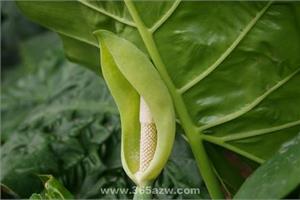
Four causes of yellowing of Amorphophallus leaves and their control techniques
2019-03-02 -
Culture methods of Amorphophallus

Culture methods of Amorphophallus
2018-08-15 -
Culture method of Amorphophallus sinensis

Culture method of Amorphophallus sinensis
2018-07-01 -
Growth cycle of Amorphophallus Konjac

The growth cycle of Amorphophallus konjac usually takes about 5 years. The growth cycle of konjac varies greatly from place to place, such as along the Han River in Shaanxi, the growth period of the aboveground part of konjac is 180 days, and the annual growth period of underground tubers is about 200 days; along the Weihe River in Guanzhong, the growth cycle of the aboveground part is about 150 days.
2020-11-09 Konjac growth cycle konjac general -
Management techniques in the middle and later stage of Amorphophallus
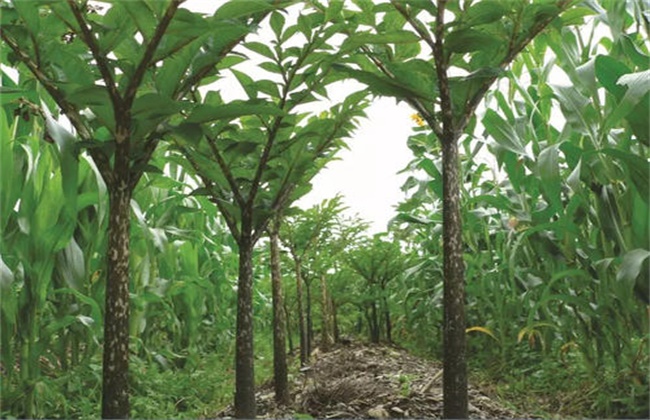
Management techniques in the middle and later stage of Amorphophallus
2020-02-11 -
The reason and solution of the curling of the leaves of Amorphophallus angustifolia how to deal with the yellowing of the leaves

The phenomenon of curling leaves and yellowing of leaves is caused by some links in the growth process of purple-backed taro and the conflict between the environment and the growth habits of purple-backed taro. If you want plants to grow well, you need to live in harmony with the environment.
2020-11-08 Purple back bamboo taro leaves rolled causes and solutions methods -
Points for attention in culturing Amorphophallus sinensis

The temperature is high in summer, in order to prevent the sun exposure, shading measures should be taken, otherwise it will easily lead to leaf burns; if the air humidity is low and the basin soil is dry, the edges of the leaves will turn yellow and scorched, and direct sunlight will also cause the edges of the leaves to turn yellow and scorched; pay attention to turning the pot once every 1-2 years
2018-11-18 -
Propagation methods of Amorphophallus
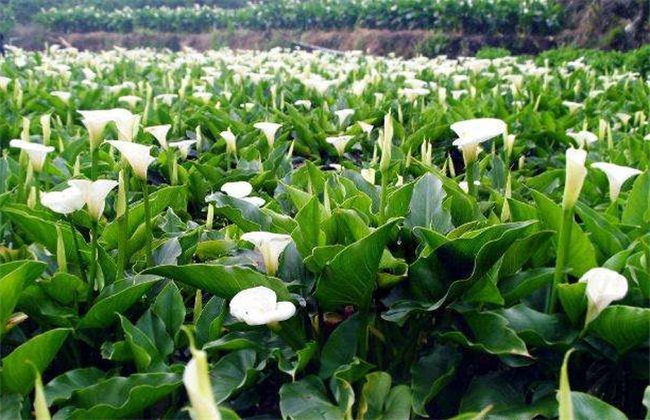
Propagation methods of Amorphophallus
2019-11-07 -
High-yielding planting techniques of Amorphophallus

High-yielding planting techniques of Amorphophallus
2018-08-13 -
The purple back bamboo taro leaf hair Huang Da person teaches you the correct handling method
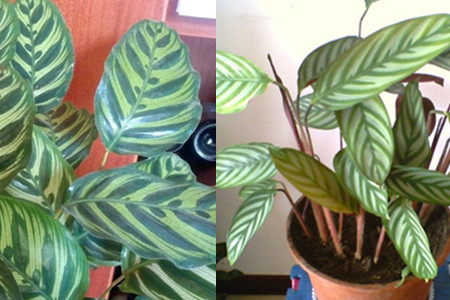
Purple-backed bamboo taro belongs to the family Amorphophallus and Taro. It is a perennial herb with a height of up to 80 cm and long ovate or lanceolate leaves. It has dense branches and leaves, plump plant shape, thick leathery, dark green and glossy leaves, and purplish red back.
2018-12-07 -
Ramet Propagation of Amorphophallus maoyan

This is the most commonly used breeding method of cat's eye taro, which is suitable for family planting. The ramet time is generally chosen when the temperature is about 20 ℃ in late spring and early summer, but it can be carried out throughout the year as long as the temperature and humidity are suitable. First of all, the mother plant of Cat's Eye Taro was removed from the basin.
2018-11-19 -
Planting methods of Amorphophallus
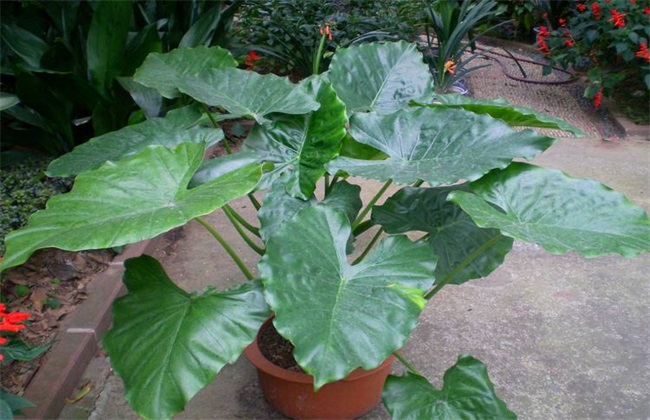
Planting methods of Amorphophallus
2019-11-07 -
The difference between Amorphophallus and calla lilies teaches you to distinguish the two correctly.
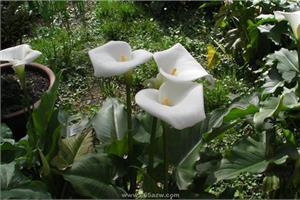
The difference between Amorphophallus and calla lilies teaches you to distinguish the two correctly.
2019-03-02 -
Amorphophallus likes shade and needs timely ploughing Management measures of Konjac

Amorphophallus likes shade and needs timely ploughing Management measures of Konjac
2018-07-14 -
Planting methods and matters needing attention of konjac!

Konjac, also known as Amorphophallus, is a perennial herb of the genus Amorphophallus in Araceae. It is often served at our table as konjac tofu. In fact, the whole plant of konjac is poisonous, and the tuber is the most toxic, so it must not be eaten raw. It can only be eaten after processing.
2020-11-09 Konjac of planting method and notes konjac also known as
